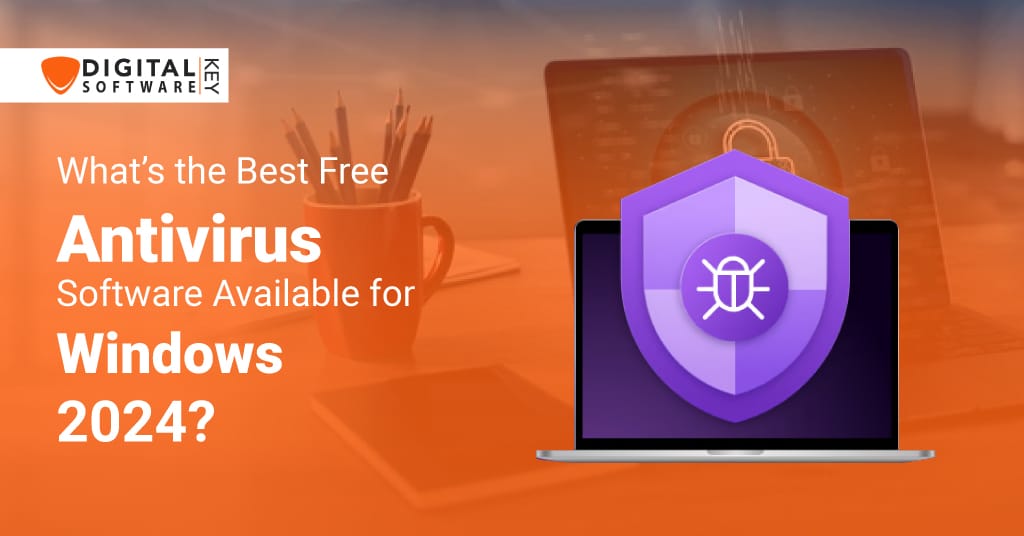Security is a paramount concern for anyone using a computer. With cyber threats evolving at an unprecedented rate, choosing an operating system (OS) that offers robust security features is crucial. Among the most popular operating systems—Windows, macOS, and Linux—each has its strengths and weaknesses. But how does Windows security stack up against its competitors? Let’s dive in and explore.
Introduction: The Importance of OS Security
Imagine this: You’re working on an important project, and suddenly, your screen goes black. A message pops up demanding a ransom to unlock your files. This scenario, while terrifying, is a reality for many who fall victim to ransomware attacks. The operating system you choose can significantly impact your vulnerability to such threats. Windows, being the most widely used OS, is often in the crosshairs of cybercriminals. But does its popularity make it less secure? Or has Microsoft fortified Windows to withstand these attacks?
Windows Security: The Good and the Bad
Positive Aspects of Windows Security
- Comprehensive Built-in Tools: Windows 10 and 11 come with a suite of built-in security tools under the umbrella of Windows Security (formerly Windows Defender). These tools include antivirus, firewall, and ransomware protection, offering a solid first line of defense against malware.
- Regular Updates: Microsoft frequently releases security updates and patches to address vulnerabilities. These updates are crucial in keeping the system protected against the latest threats.
- User-Friendly Interface: Windows Security is integrated into the OS, making it easy for users to access and configure their security settings. The interface is intuitive, allowing even non-tech-savvy users to navigate and manage their security options.
Negative Aspects of Windows Security
- High Target for Cyber Attacks: Due to its widespread use, Windows is a prime target for hackers. This means that despite its robust security features, the sheer volume of attacks can sometimes overwhelm the system.
- False Positives: Windows Security, particularly the SmartScreen feature, is known for generating false positives. This can be frustrating for users as legitimate files and applications are sometimes flagged as threats.
- Lack of Advanced Features: While Windows Security offers basic protection, it lacks some of the advanced features found in third-party security solutions. For instance, it doesn’t include a VPN or advanced web protection, which are becoming increasingly important in today’s digital landscape.
Comparing Windows with macOS and Linux
macOS Security
Apple’s macOS is often touted as more secure than Windows. This perception stems from several factors:
- Unix-based Architecture: macOS is built on a Unix foundation, which is inherently more secure due to its permission-based access controls.
- Gatekeeper and XProtect: macOS includes built-in security features like Gatekeeper, which prevents unauthorized applications from running, and XProtect, which provides basic malware protection.
- Fewer Targets: macOS has a smaller user base compared to Windows, making it a less attractive target for cybercriminals.
However, macOS is not without its flaws. The closed ecosystem can sometimes delay the discovery and patching of vulnerabilities. Additionally, the perception of invulnerability can lead to complacency among users.
Linux Security
Linux is often considered the most secure OS, especially for servers and advanced users. Its security strengths include:
- Open Source Nature: Being open source, Linux benefits from the scrutiny of a global community of developers who can quickly identify and fix vulnerabilities.
- Granular Control: Linux offers granular control over system permissions and configurations, allowing users to tailor their security settings to their specific needs.
- Minimal Malware: The relatively small user base and the diversity of Linux distributions make it a less attractive target for malware.
However, Linux’s security can be a double-edged sword. The complexity and steep learning curve can be a barrier for average users, potentially leading to misconfigurations and vulnerabilities.
Real-World Experience: A User’s Perspective
As someone who has used all three operating systems extensively, I can attest to the strengths and weaknesses of each. My experience with Windows has been largely positive, thanks to its user-friendly interface and comprehensive built-in tools. However, I have encountered false positives and occasional performance issues during scans.


















































